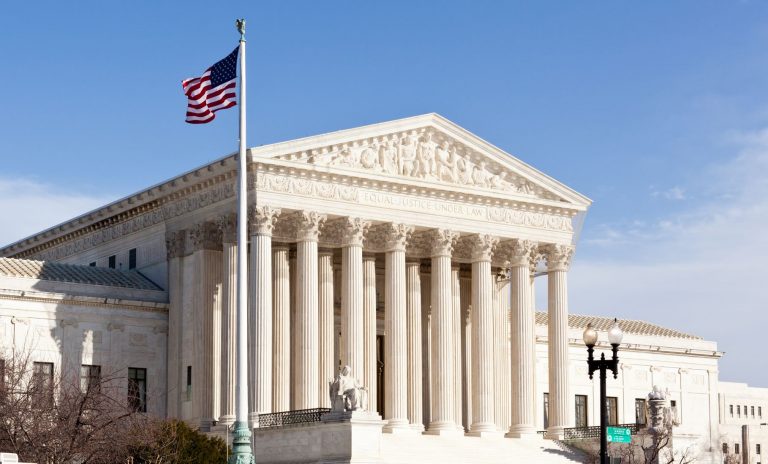FAA Issued Notice Advising Public of RTCA Drone Advisory Committee Second Meeting for Jan. 31
FAA Issued Notice Advising Public of RTCA Drone Advisory Committee Second Meeting for Jan. 31
The Federal Aviation Administration has issued a notice advising the public of the RTCA Drone Advisory Committee’s second public meeting, which is scheduled to take place on January 31, 2017 in Reno, Nevada. The FAA has announced that this meeting, which is open to the public, will focus on the FAA’s efforts to integrate Unmanned Aircraft Systems/Drones into the national airspace. Id. The Drone Advisory Committee is comprised of industry heavyweights representing interests including the FAA, university representatives, international airlines, and drone industry influencers.
The FAA’s announcement indicates that the Drone Advisory Committee’s objectives during this meeting will be to evaluate the approval of three tasks groups focusing on (1) the roles of federal, state and local governments in the regulations and enforcement of drone laws; (2) the expansion of access to airspace beyond the Small UAS Rule; and (3) the consideration of ways to fund the expanded provision of services needed to support UAS integration. Id.
Aviation and drone attorneys will be particularly interested to see how the potential task group focusing on the reconciliation of federal and state/local government interests will meet the significant challenges in this complicated legal landscape in the years ahead. Traditionally, the regulation of the national airspace has been solely within the purview of the federal government. 49 U.S.C. §40103(a)(1)(1994)(granting “[t]he United States Government…exclusive sovereignty of airspace of the United States). From a historical perspective, the FAA’s retention of the authority to regulate the national airspace has been uncomplicated, with the airspace primarily being occupied by commercial aircraft or private aircraft with long-established regulations governing their operation. The proliferation of drones, however, has changed the dialogue- and the regulatory framework- regarding our airspace.
As part of the FAA Modernization and Reform Act of 2012, Congress directed the Secretary of Transportation in Section 333 to make the determination whether certain UAS could safely operate in the national airspace system and, if so, to establish regulations for the safe operation of the UAS in the national airspace system. See FAA Modernization and Reform Act of 2012, Pub. L. No. 112-95, 126 Stat. 11. The end result- the Small UAS Rule (14 C.F.R. Part 107)- contains the FAA’s first effort to integrate drones into the national airspace. What the Small UAS Rule does not contain, however, is any preemption language, and the FAA has noted that “…[c]ertain legal aspects concerning small UAS use may be best addressed at the state or local level.” Operation and Certification of Small Unmanned Aircraft Systems, 81 Fed. Reg. 42,063 42,194 (28 Jun 2016).
The current guidance regarding preemption coming from the FAA can be found in the FAA’s Office of the Chief Counsel’s Fact Sheet titled “State and Local Regulation of Unmanned Aircraft Systems (UAS) Fact Sheet,” which notes that preemption issues may be implicated by local “operational UAS restrictions on flight altitude, flight paths, operational bans, any regulation of the navigable airspace” as well as those laws “mandating equipment or training for UAS related to aviation safety such as geo-fencing.” The FAA noted, however, that it intended to respect the state’s traditional police power to regulate “land use, zoning, privacy, trespass, and law enforcement operations.”
While the FAA’s preemption guidance to date has been helpful, the practical hurdles are clear, and there are certainly significant strides that have to be made to reconcile the federal, state and local interests- along with those of the drone operators- in our national airspace. We look forward to seeing the task force’s proposals for future regulations as drones become more integrated into the national airspace.








